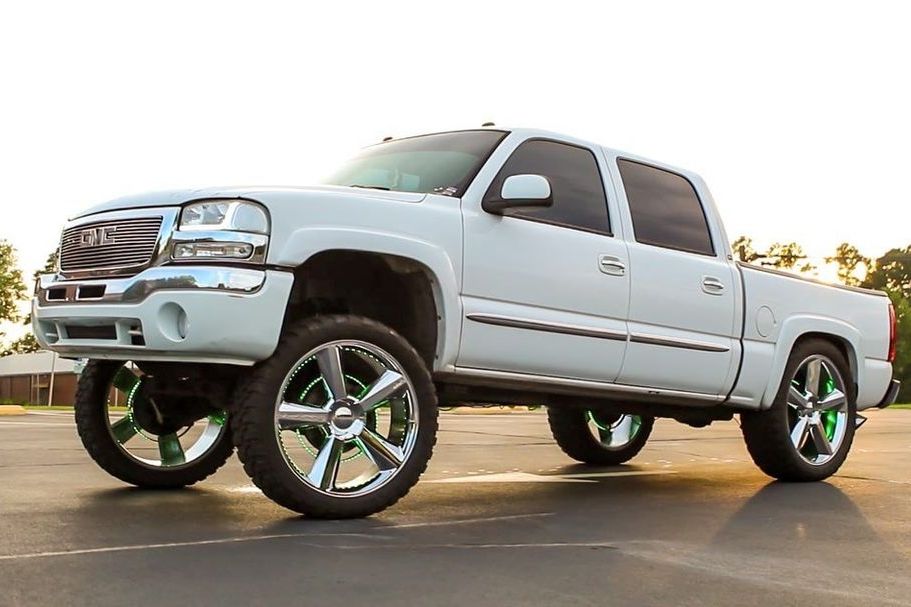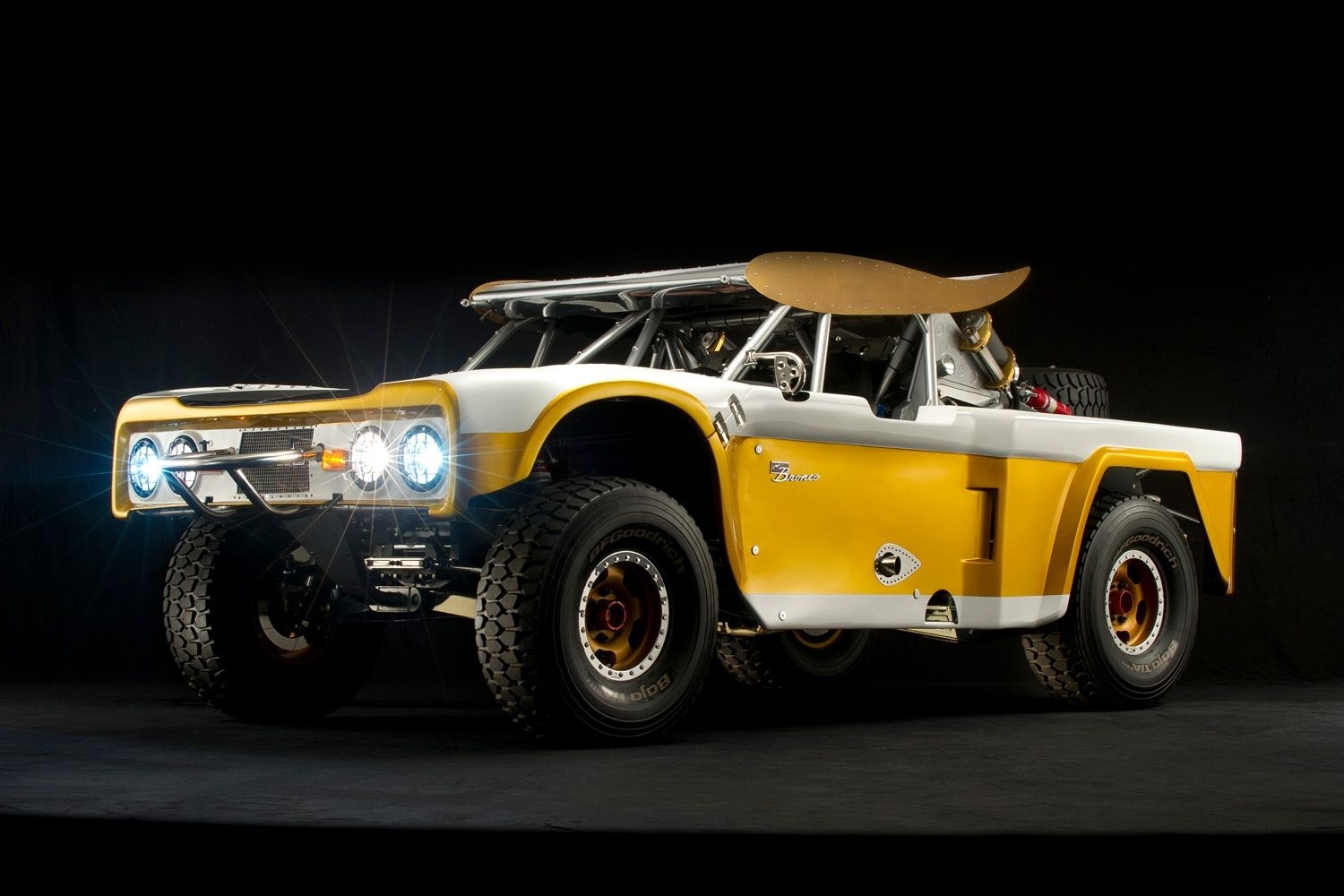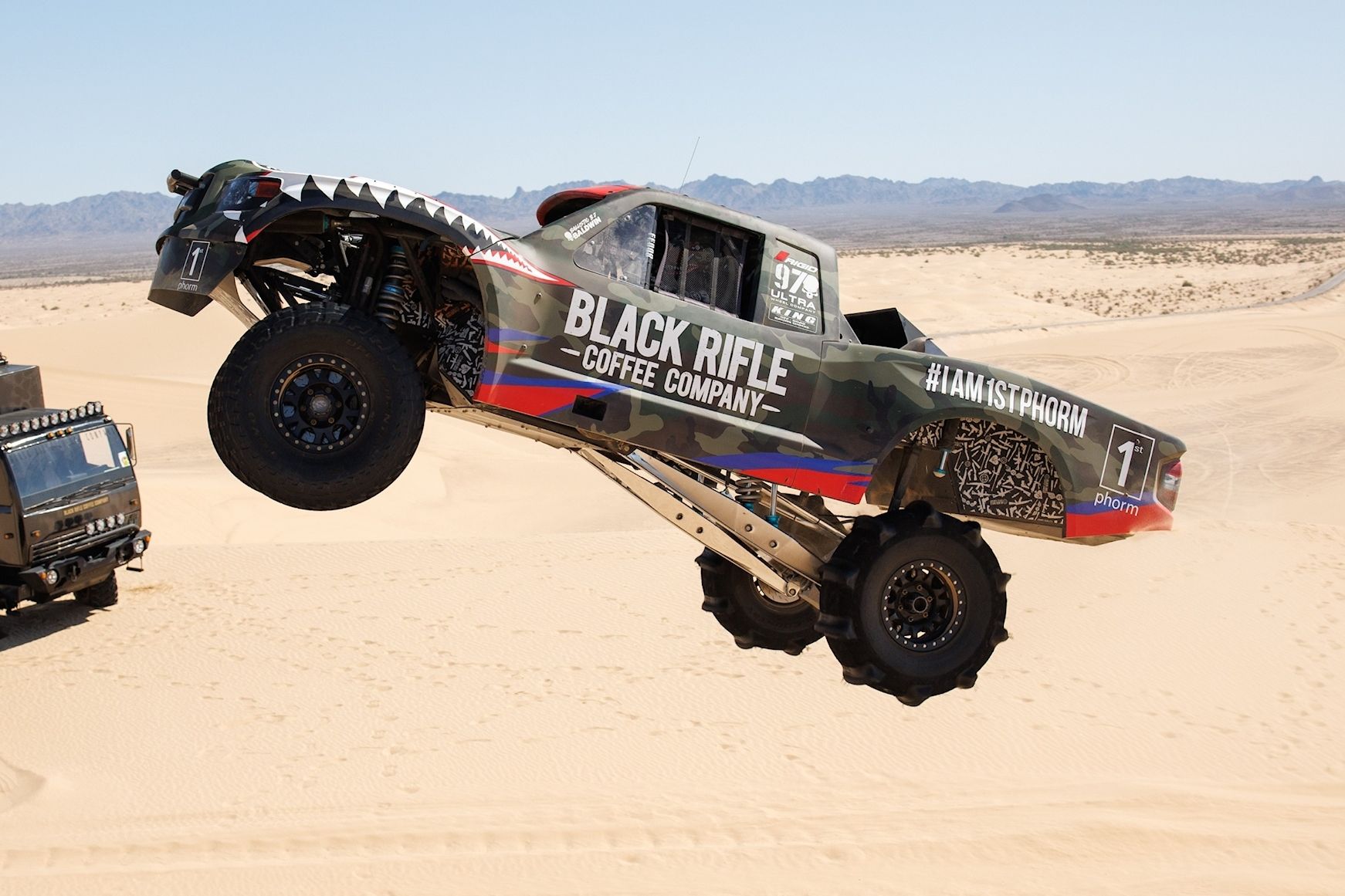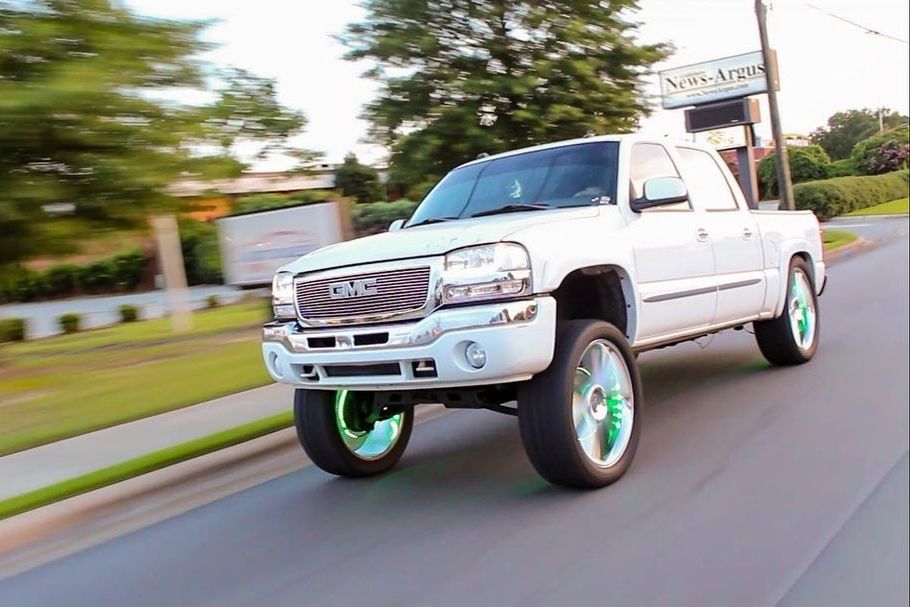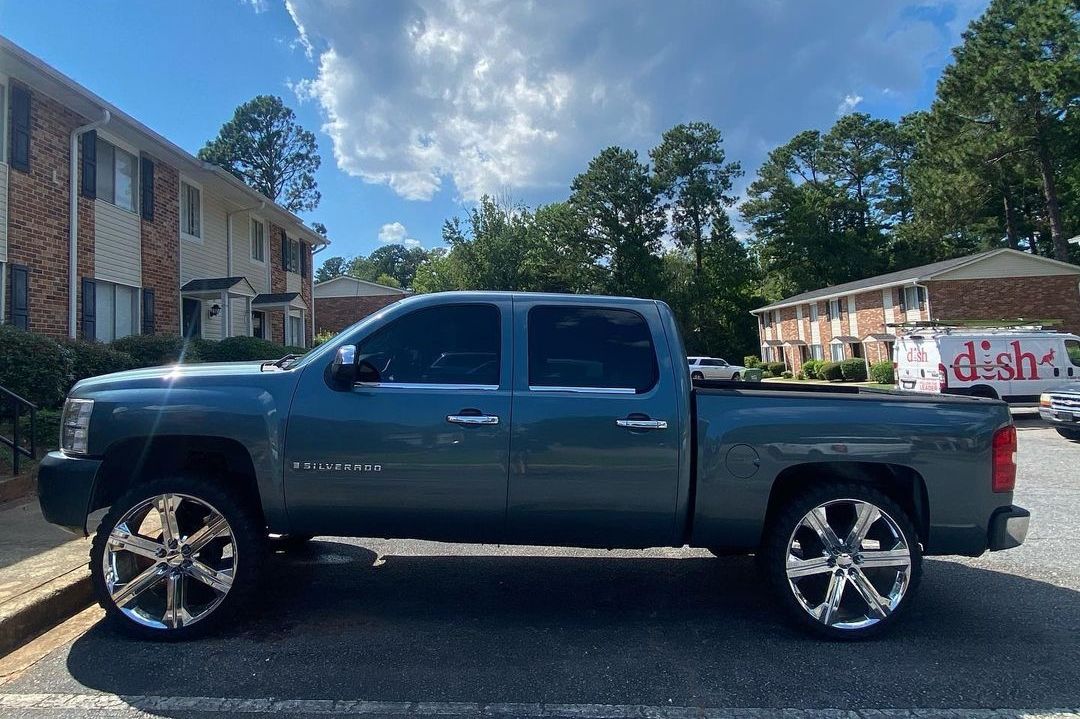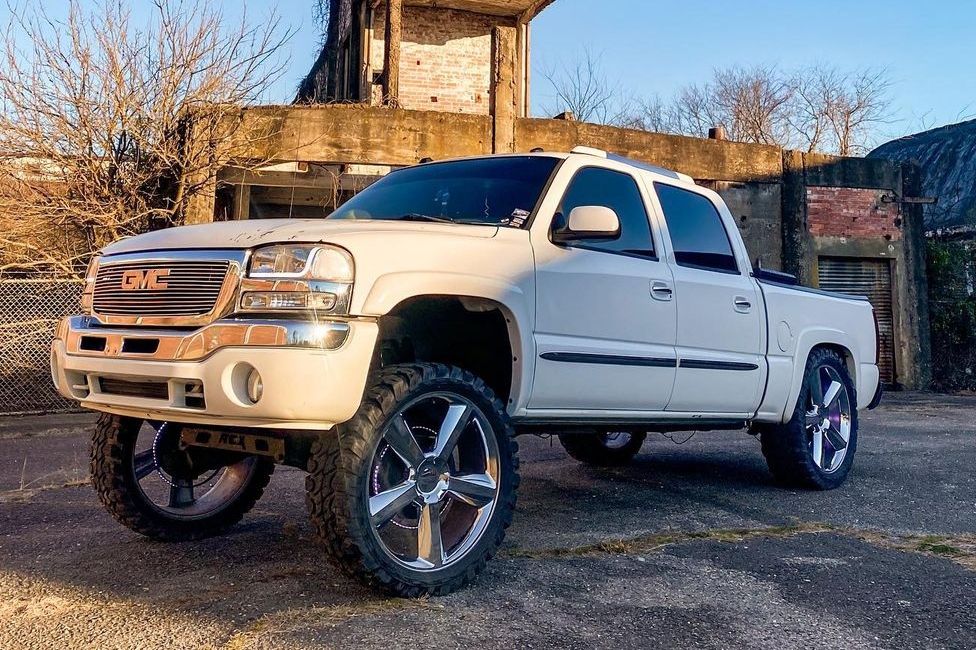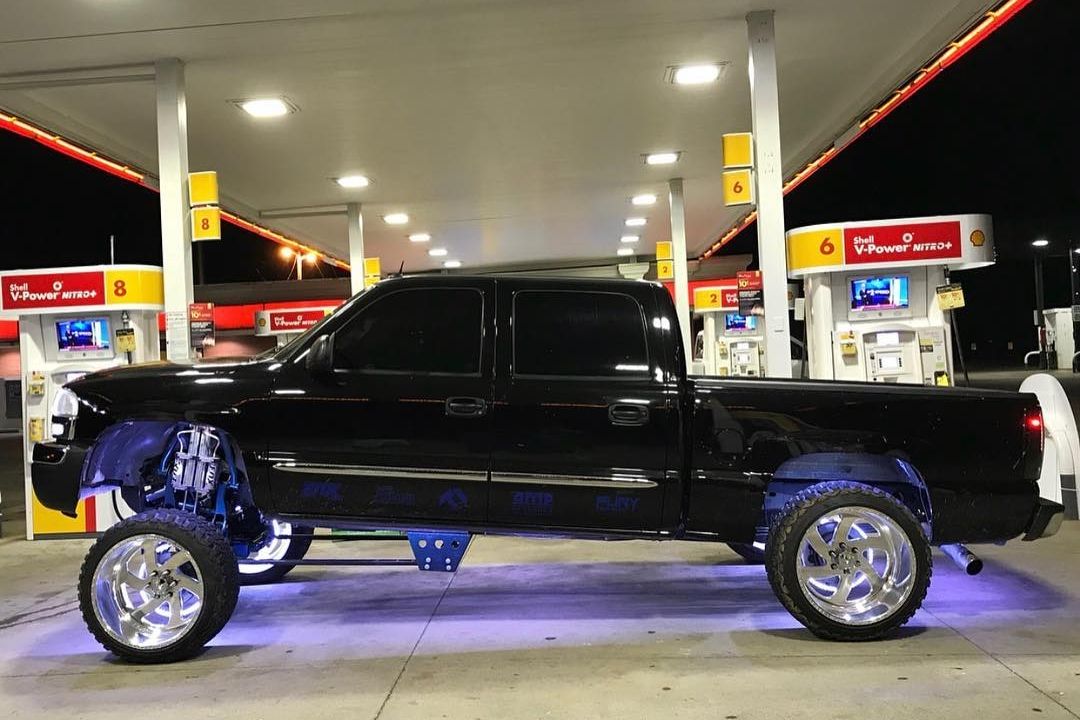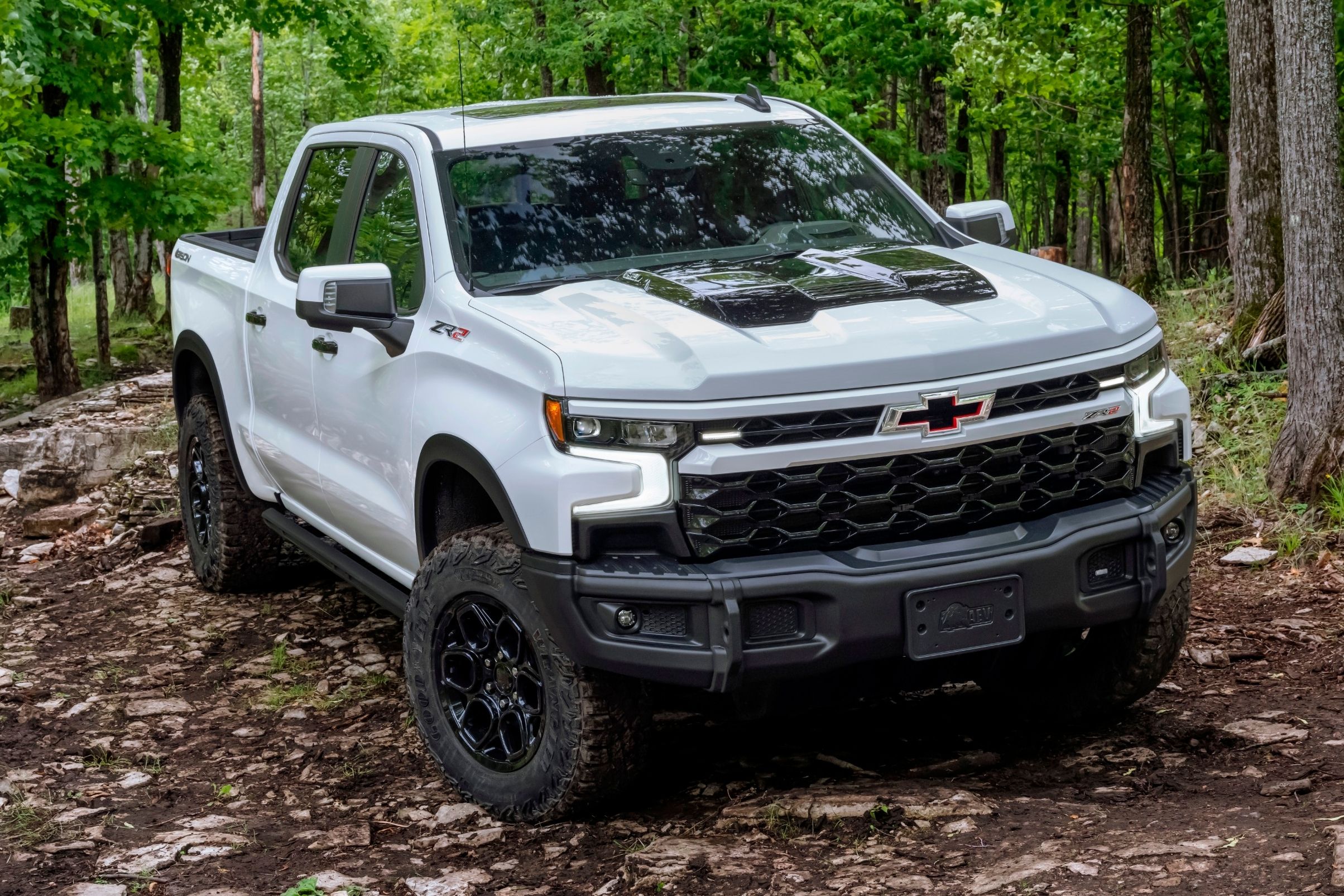
Following car news online, you may have come across something called the Carolina Squat. It's a style of modified truck that made news across the United States over the last couple of years after several states banned vehicle owners from making the mod, which can be seen as a type of stance for trucks.
But what is the Carolina Squat, where did it come from, and why do truck owners modify their pickups with this outlandish trend? We've got you covered.
What Is The Carolina Squat?
First things first, the Carolina Squat goes by many names; these include but are not limited to:
- Cali Lean
- California Lean
- Carolina Squat
- Caroline Lean
- Truck Squat
- Tennessee Tilt
- Truck Lean
Whatever you call it, the Carolina Squat is a modification style typically used on pickup trucks in which the front end is substantially higher than the rear. Squatted trucks can accomplish this style in several ways. Owners can either equip only half of a suspension lift kit - the front half - or install a lowered rear.
In extreme cases, people who squat their trucks may combine both, elevating the front end while lowering the rear, creating a vehicle with a nose that points towards the sky.
Squatting is not limited to trucks, though, and SUV squatting has also been seen - usually with SUVs based on truck chassis. Whichever vehicle type the squat is applied to, it requires the modification of the factory suspension.
Where Did Squatted Trucks Originate?
Contrary to the name, the Carolina Squat doesn't come from North or South Carolina, and it actually began in California, hence why some people refer to it as the California Lean.
Truck owners wanted to attain the same aesthetic as the trucks that went Baja racing, all of which were squatted trucks with a lower back end and headlights pointing skywards.
The trend originated in the 1990s but gained popularity only after 2017 when social media helped squatting go viral and spread the fad far and wide.
Attendance at any truck show in the southern states was bound to result in you seeing at least one squatted vehicle, with the style becoming popular in North and South Dakota and, naturally, North and South Carolina.
Why Was It Popular In Baja Racing?
Like all racing-derived tuning cultures, the origins of squatted vehicles served a genuine purpose. Desert racing trucks regularly jump sand dunes at high speeds, and in order to make sure they don't land jumps on the front axle, these trucks were equipped with long rear suspension travel.
In a loaded state, the truck's suspension would be lower at the truck's rear end, which also biased the weight distribution to the rear. This ensured that, when the truck was up in the air, the rear wheels would always be lower than the front, landing rear first and letting the trucks land safely in order to continue on the road ahead.
Is Squatting A Truck Dangerous?
While there is no yes or no, black or white answer to this question, when people drive squatted trucks, there is an increased risk of danger.
Depending on the angle of the squat, their visibility may be impeded. Likewise, increasing the height of your front fender by a few inches can adjust the angle your headlights are aimed, which reduces night-time visibility and can blind oncoming drivers.
In theory, squatting your truck can be done safely, but only if modified so that the suspension still has proper travel that doesn't impact handling, etc. Unfortunately, many aftermarket parts used for squatting trucks are not entirely safe, which has led to legislation banning the idea in several states.
When modifying a car beyond a manufacturer's recommended specifications, there is always the risk of complications.
Are Squatted Vehicles Illegal In The US?
Most states across the country still allow people to drive squatted trucks, but it is illegal in some states. Virginia was the most recent state to ban the squatted truck after Governor Glenn Youngkin signed Senate Bill 777 into law to ban the truck squat from state highways.
The bill specifically relates to front bumpers more than four inches higher than the rear bumper. The law was passed in response to a fatal accident in February 2022 in which a Chevrolet Silverado sporting the Carolina Lean crashed with a standard Silverado. The modification was deemed dangerous as the lifted hood impeded the driver's visibility.
Prior to this, squatted trucks were banned in North Carolina, while in February 2023, a bill passed South Carolina Senate to prohibit squatting a truck and driving it on public roads.
Georgia is yet another state in which the law prevents modifying the suspension in such a way that any part of the frame of the truck is more than 30 inches from the road surface.
Can You Fix A Squatted Truck?
You can indeed fix a squatted truck, and there are several ways to do so. If you want to reverse the Cali Lean permanently, you can simply revert back to the stock suspension setup for a non-lifted look or install a proper factory lift kit if you want to off-road your pickup truck responsibly.
Due to increased market demand, many have developed their own squat kits to make squatted trucks safer. These include a ball joint lift that can help correct the front camber of a squatted truck, improving its handling.
But even installing such kits might not correct any inherent performance issues entirely or prevent unnatural wear, and these kits are not guaranteed to get you out of trouble if you are pulled over for the offense, and you may pick up a fine.
In states where it is illegal to drive squatted trucks, there are even modifications to make them legal for road use. According to Blake Peffley, a truck modification dealer in North Carolina, owners can fit an airbag - like the type used in regular air suspension - in the rear suspension that can lift the truck's rear end when driving and then be aired down again for a show. Drivers of such trucks are still urged to be responsible when adding these aftermarket modifications to their truck or SUV.

